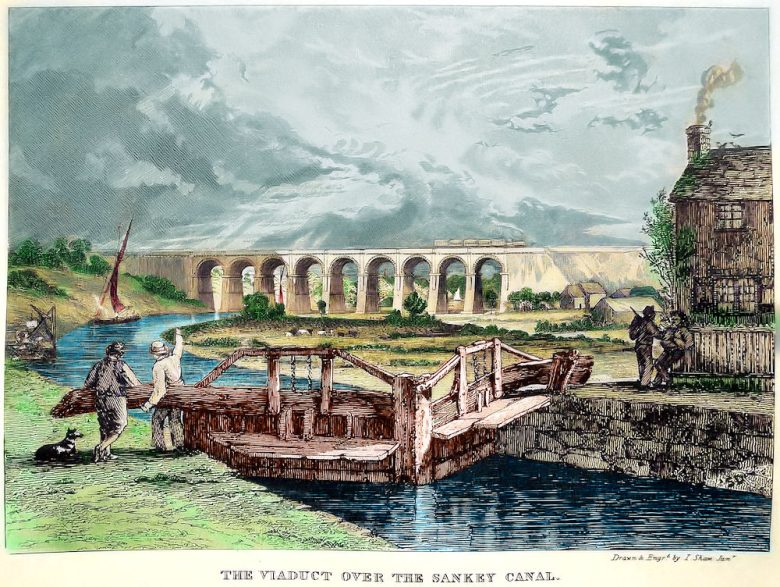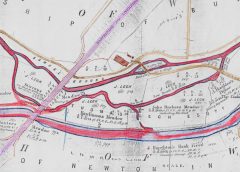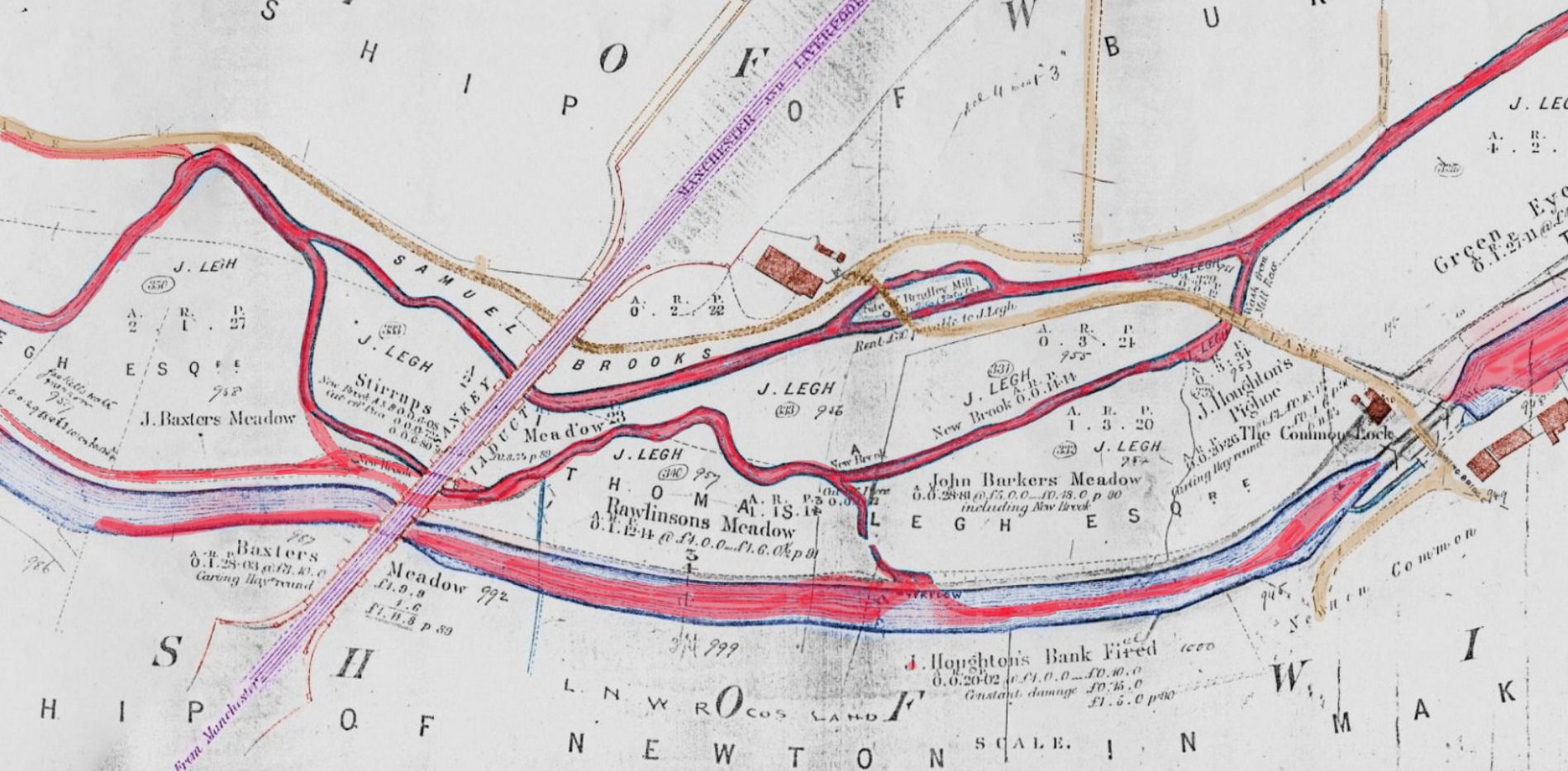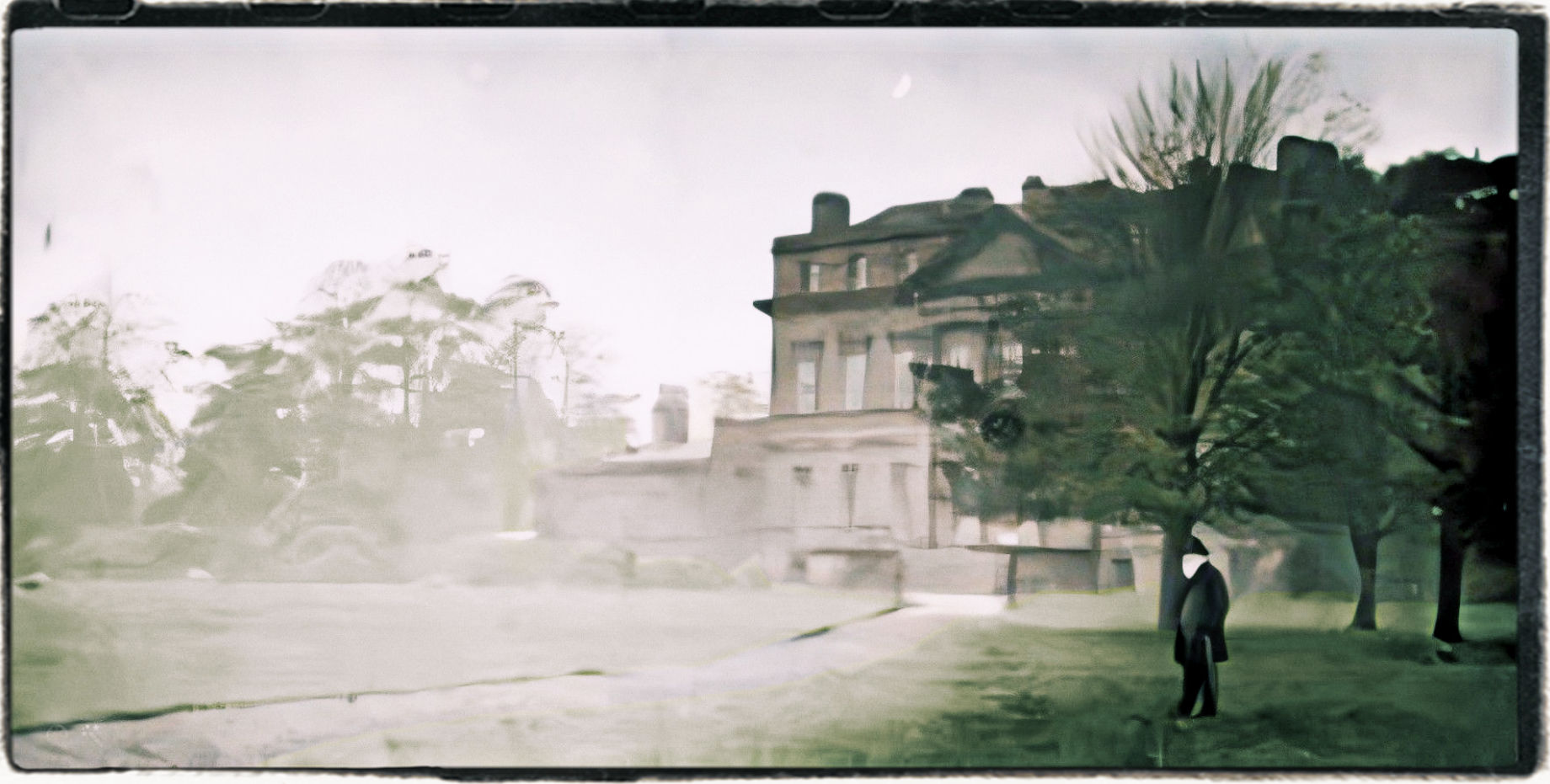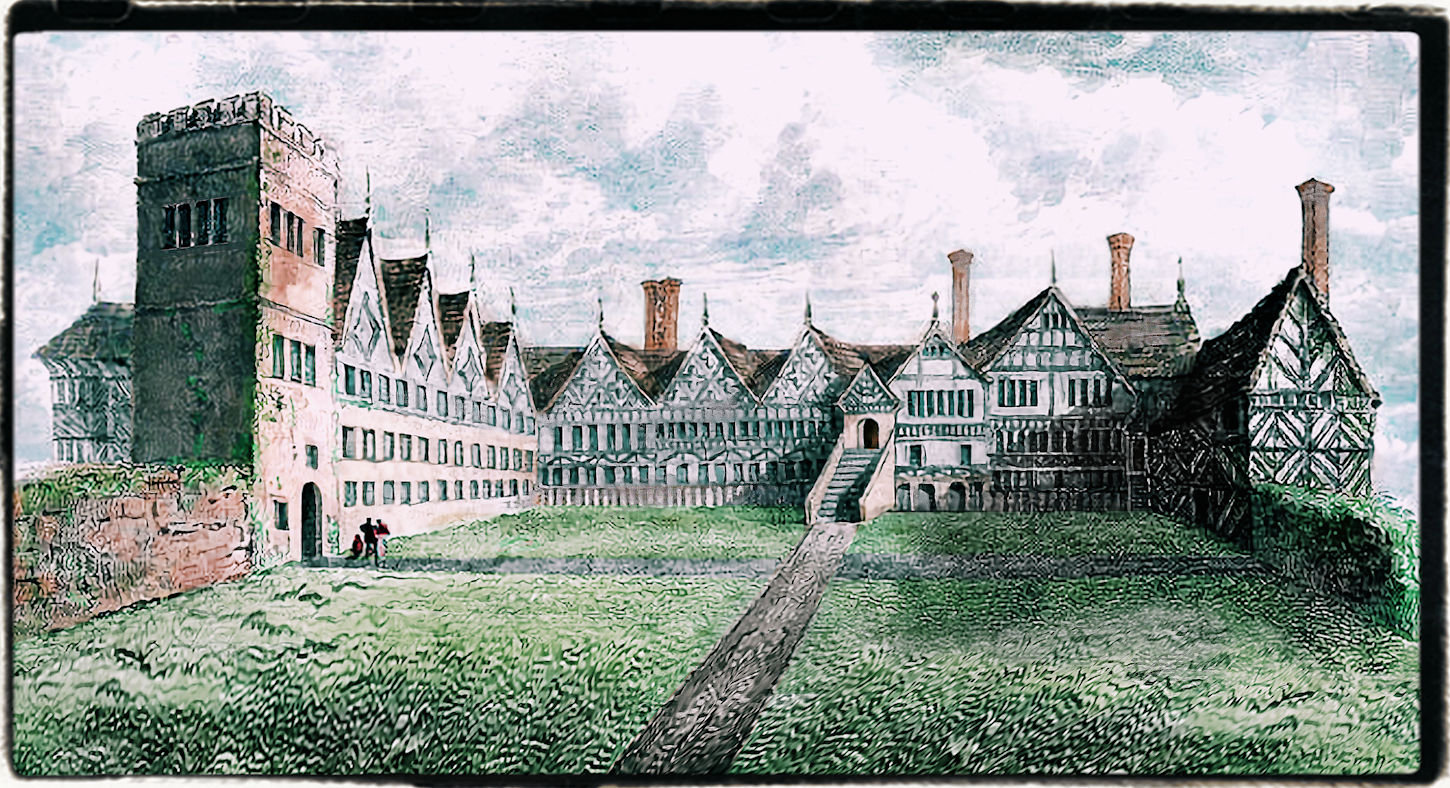Underhanded Dealings in the Construction of the Sankey Canal: A Study of Henry Berry’s Secrecy The Sankey Canal, often recognized as the first true canal of the Industrial Revolution in England, marks a pivotal shift in the country’s transport and industrial infrastructure. Under the direction of Henry Berry, its construction not only facilitated the efficient movement of coal but also set precedents in engineering and legislative interaction. This expanded essay which is built upon T.C Barker’s 1948 thesis, explores the detailed construction timeline, legislative framework, and broader impacts of the…
Read More >>THE SANKEY NAVIGATION THE FIRST LANCASHIRE CANAL
BY T. C. BARKER, M.A. Read 16 December 1948 When Arthur Young visited the north of England in 1771 he went “to Manchester with design not only to view the manufactures of that town but to make it my headquarters from thence to go the tour of his Grace the Duke of Bridgewater’s navigation about which such wonders are abroad.” (1) In the account of his tour in the north Young devoted forty- six pages, complete with maps and diagrams, to a description of these wonders: the twelve sets of…
Read More >>WINWICK SCHOOLS BEFORE 1870
Written by PHILIP ANDREWS, B.A. Read 20 February 1969 to the Historic Society of Lancashire and Cheshire The only school in the village of Winwick today is the church of England primary school whose history, like so many others of its type, goes back about a century. The creation of this school marked the beginning of modern education for Winwick people and the end of the scope of this article, which seeks to tell the history of education in the village before 1872. This was haphazard, but surprisingly diverse for…
Read More >>1800 Highway Robbery, Winwick, Red Bank Mill
GENERAL POST OFFICE Wednesday, November 12, 1800. The post-Boy carrying the Mail on Horseback from WARRINGTON to WIGAN was stopt about Half-past Two o’Clock in the Morning of Sunday 9th inst.. between Winwick and RED Bank MIll, by a Man on Foot, who after a struggle with the Rider pulled him off his Horse which the Robber mounted, and rode away with the Mail, containing the following bags of letters, viz. The Bag from London of Friday, the 7th instant, for Wigan, The Bags from Liverpool and Warrington, for WIGAN, CHORLEY,…
Read More >>1891 CURLING MATCH ON NEWTON LAKE.
In the icy grip of January 1891, the surface of Newton Lake was transformed to host a grand spectacle. Curling stones thundered across the frozen lake expanse, as teams from across the region gathered for the long-anticipated Newall and Calverley Curling Cups. After nearly a decade without competition, the lake came alive with sporting camaraderie, rivalry, and Victorian pageantry, drawing crowds of spectators eager to witness the skillful contests. This festive gathering not only celebrated the enduring spirit of curling but also showcased the vibrant social fabric its sportsmanship, tradition,…
Read More >>Vulcan Foundry: Locomotive History
Not sure how many people ever visited the ENUII website which Graeme Pilkington had put online, with its history of the Vulcan Foundry in Newton-le-Willows, unfortunatly his website went offline a few months ago, and his domain name was then purchased by an internet advertising company. I contacted Graeme the person who put together the ENUII website and the result is that he has found for me an old 2015 backup of the ENUII website content, I’ve uploaded this into my webspace. It seemed a shame to lose the resource.…
Read More >>The Lake – Poem by J H Lane
I. FULL sixty years ago, a pretty vale (Now hidden neath the waters of the lake) Extended, in a winding course, from where The railway arches span the road and brook, To Castle Hill, and thence, diverging, ran Eastwards to Golborne Dale, and westwards joined The little sylvan valley of the Dene. Adown each vale a rippling streamlet flowed, Which, at the hill commingling, journeyed on Twixt flowery banks, and murmured past the spot Where now the strong embankment separates The winding lake and willow-shaded brook, Until it reached the…
Read More >>Burtonwood RAF/USAF Airbase
Burtonwood Airbase, located in Lancashire, England, served as a pivotal logistical and operational hub during World War II and continued its strategic role into the Cold War. Established in the early 1940s, the base rapidly became one of the largest and most important maintenance and supply depots for the Allied air forces in Europe. This analysis explores the various facets of Burtonwood’s historical significance, including its strategic importance, operational roles, leadership and innovations, the challenges of personnel and training, and its impact on the local community and legacy. Understanding these…
Read More >>Bradley Hall, Burtonwood
GATEWAY, BRADLEY OLD HALL. Within a distance of three miles from Bewsey Hall, stood the ancient manor house of Bradley, environed by its still perfect moat, and approached by the picturesque gateway or bartizan, which forms the subject of my third vignette. The estate of Bradley came into the family of the Legh’s of Lyme by the marriage of Sir Peter Legh, who was knighted after the battle of Agincourt, with Joan, daughter and heiress of Sir Gilbert de Haydock, the former possessor of Bradley. It is, therefore, not unlikely…
Read More >>Bold Old Hall
BY CHARLES MADELEY: Curator and Librarian of the Warrington Museum. The Old Hall of Bold, in the township of that name and in the ancient parish of Prescot, stands in the fields some three quarters of a mile north of the Manchester and Liverpool Road, about four miles west of Warrington. The portion now remaining of the extensive structure shown in the vignette which adorned the original title page of Philips’ work, is probably represented in the plate by the tower-like block of stone building on the extreme left of…
Read More >>1154 – 1812: The Bold’s of Bold
The Bold family of Lancashire, associated closely with Bold Hall and the surrounding townships, has a rich and storied history that dates back to before the Norman Conquest of 1066. This essay will explore the lineage of the Bold family, the architectural and cultural significance of Bold Hall, and the evolution of the associated townships over the centuries. Origins and Early History The Bold family’s roots in Lancashire trace back to a period before the Norman Conquest, suggesting an ancient lineage deeply embedded in the region’s history. The earliest documented…
Read More >>BOLD TOWNSHIP & MANOR
BOLD TOWNSHIP & MANOR Bolde, 1212; Boulde, 1332; the final e is wanting in some cases as early as 1300. The area, which measures 4,483 acres, (fn. 1) is divided by a brook, now called Whittle Brook, but formerly Holbrook, running across it from the north-west boundary to Great Sankey. Cambal Wood lay in the south-east corner; on the south was Bold Heath, with Crow Heath and Lunt Heath on the borders of Cuerdley and Widnes. In the south-west corner was Cranshaw Hall. The flat and open country is divided…
Read More >>1921: The Burtonwood Lychgate War Memorial
Burtonwood War Memorial Newton and Earlestown Guardian – Wednesday 13 May 1920 The Question of the erection of a war memorial in Burtonwood for those in the village who made the supreme sacrifice in the war, had been under consideration for some time, and at a meeting of the churchwardens and sidesmen of the parish church, plans and estimates of the cost of a Lych gate were submitted for inspection. Burtonwood – The War Memorial. Runcorn Examiner – Saturday 29 May 1920The Burtonwood Parish Magazine:- “The Lych Gate War Memorial…
Read More >>The Parish Church of St. John the Baptist, Earlestown
A Brief History with details of some of the individuals involved with the Church between 1878 to 1932 Some sixty or seventy years ago Earlestown was a small but growing collection of houses, built to meet the needs of the workers at the Viaduct Wagon Works and situated in the parish of Newton-in-Makerfield, the nearest Church being that of Emmanuel, Wargrave. As the works extended and a large increase of population became resident, Canon Whitley, then Rector of Wargrave, seeing the necessity of providing religious services and instruction, erected an…
Read More >>1939: Historical Burtonwood Church re-opened
Newton and Earlestown Guardian – Friday 06 October 1939 Several years ago abandoned as unsafe and unfit for human habitation, St. Michael’s Church, Burtonwood. was re-opened and consecrated on Saturday afternoon us a modern church. It had been rebuilt and a more lofty tower has made its appearance, numerous structural alterations have been made to the interior, and the parishioners can now consider that the inconvenience of holding the services in the Church Hall, Green Lane, for the past years. has been well worth while. The church is one of…
Read More >>
